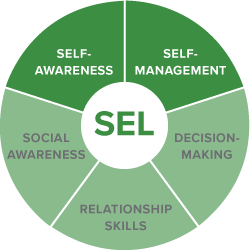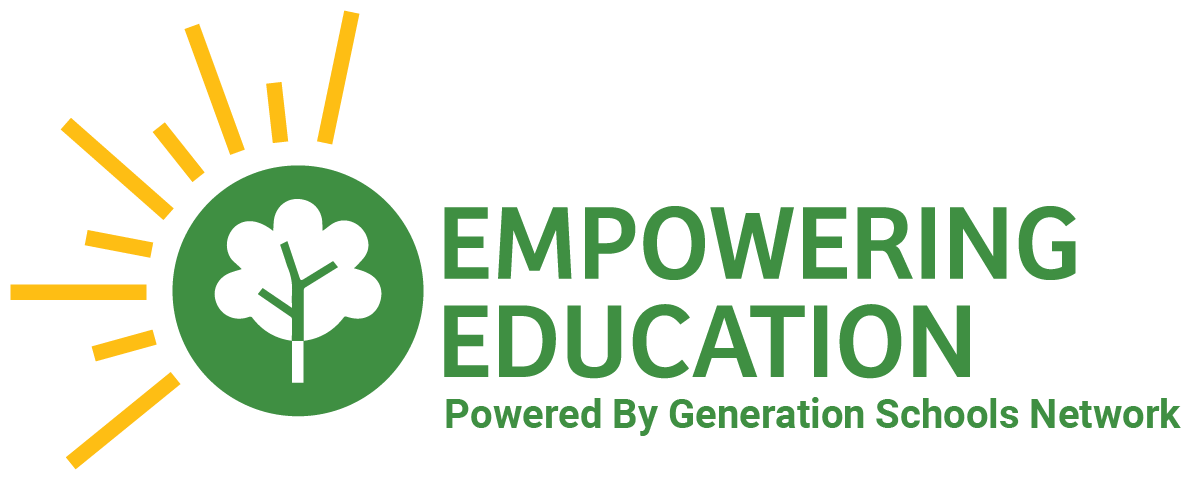Locked Content
Unlock this lesson plan by becoming a paid member. Existing members, please log in.
Students will be able to identify the differences between growth and fixed mindsets and learn how to change a fixed mindset into a growth mindset.
By the end of the lessons, students will be able to:
- Identify the differences between growth and fixed mindsets
- Understand the steps in changing a fixed mindset to a growth mindset
This lesson teaches students how to cultivate a growth mindset. Growth mindset, a concept developed by Dr. Carol Dweck, is the belief that our abilities can be developed through putting forth effort and not giving up. A fixed mindset, on the other hand, is the idea that our learning and abilities are fixed. When students can
differentiate between the two mindsets, it is easier for them to persist and reach their goals.
The lesson begins with mindful walking, a mindfulness activity that helps students to become aware of their physical and emotional state. In the introduction, you help students to identify the difference between growth and fixed mindsets. You then lead a discussion on what is a mindset and specifically what is the difference
between a growth and fixed mindset. Students practice identifying mindsets and changing fixed statements to growth mindsets. Students end by reflecting in their journals on a time they had a fixed mindset and how they could shift that to a growth mindset.
For both live and recorded delivery, the Mindful Moment can be done by students around their room. If students have to use headphones, give them the directions in advance and then set up a signal that you’ll show on the screen when it’s time to return to their desks.
Before the activity, agree upon two different hand symbols: one for a fixed mindset and one for a growth mindset (for example: hand open like a high-five for the growth mindset and a fist for the fixed mindset). Then have students turn on their cameras. When you reach the various statements to evaluate according to mindset, students make the hand gesture for their answer.
Before the Fixed or Growth activity have students make two columns on a piece of paper: one for fixed mindset and the other for growth mindset. Then, read the various statements and students can put a tally mark or checkmark under the column they think best fits the statement.
CASEL Competencies
Self-awareness: The abilities to understand one’s own emotions, thoughts, and values and how they influence behavior across contexts. This includes capacities to recognize one’s strengths and limitations with a well-grounded sense of confidence and purpose.
Self-management: The abilities to manage one’s emotions, thoughts, and behaviors effectively in different situations and to achieve goals and aspirations. This includes the capacities to delay gratification, manage stress, and feel motivation & agency to accomplish personal/collective goals.


